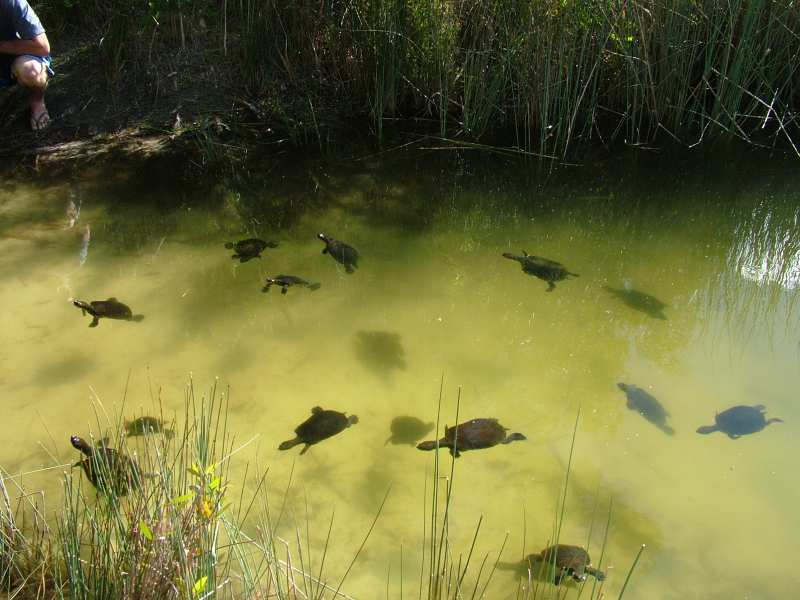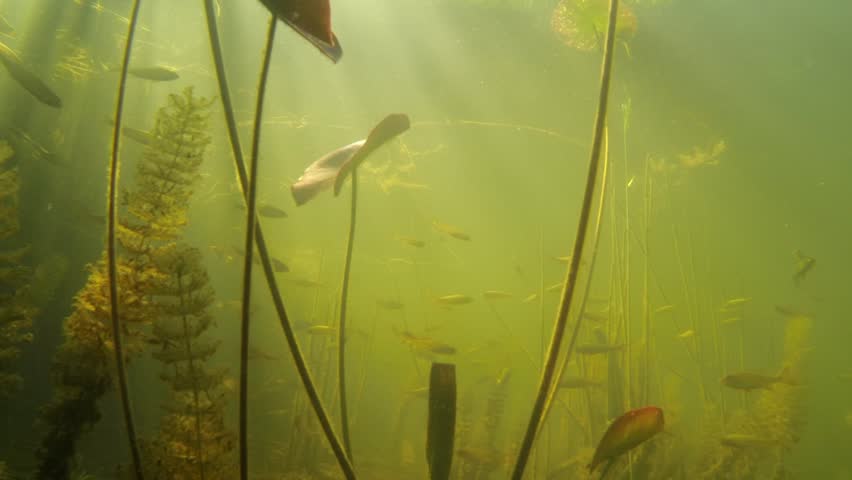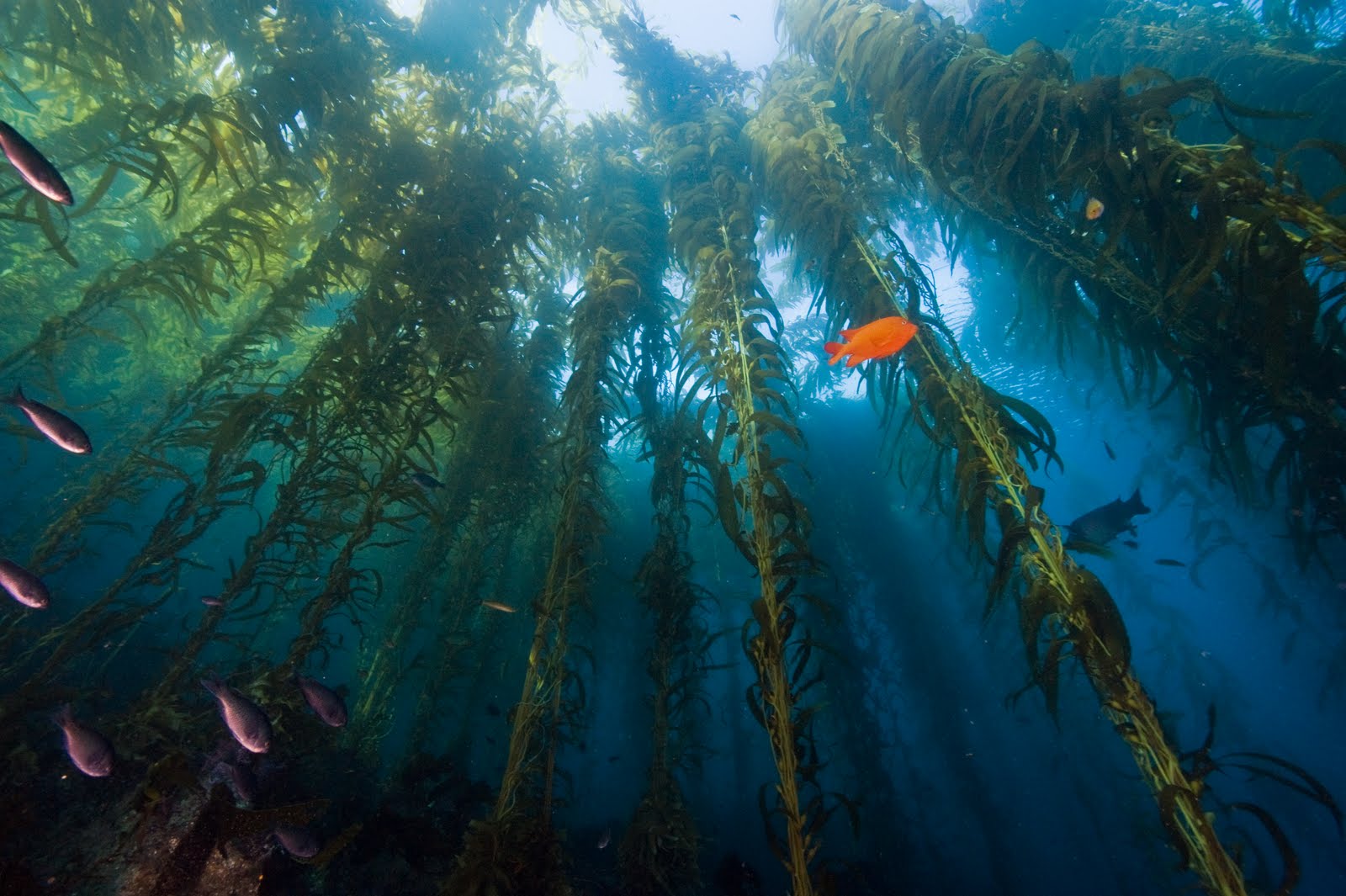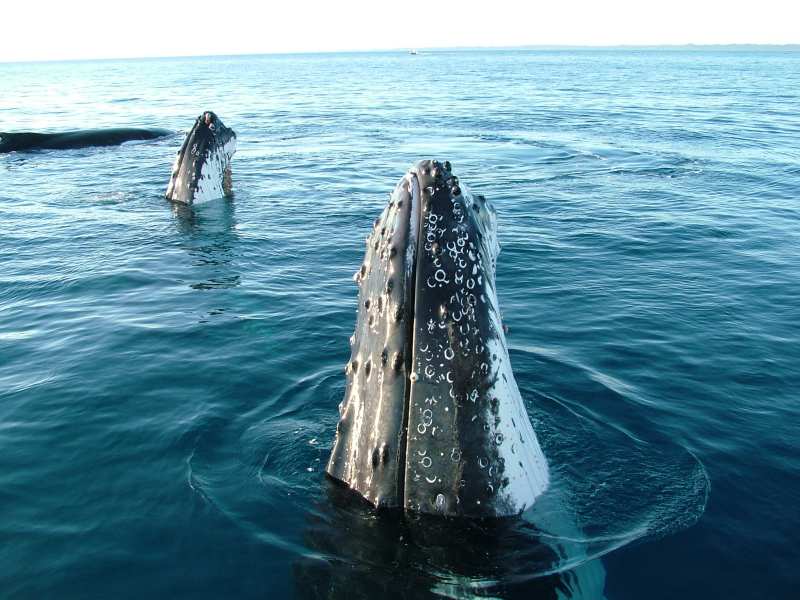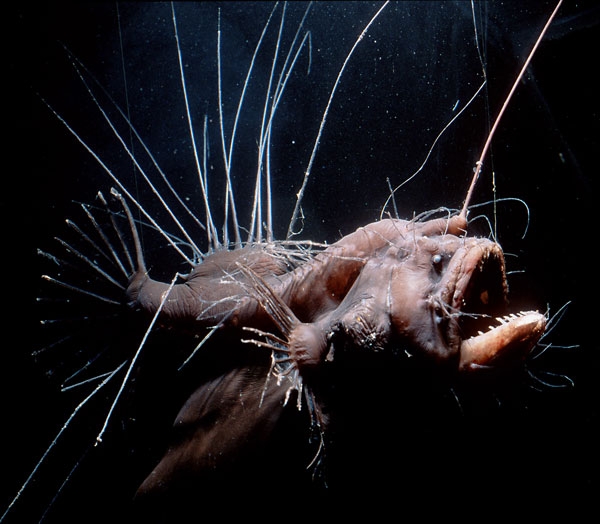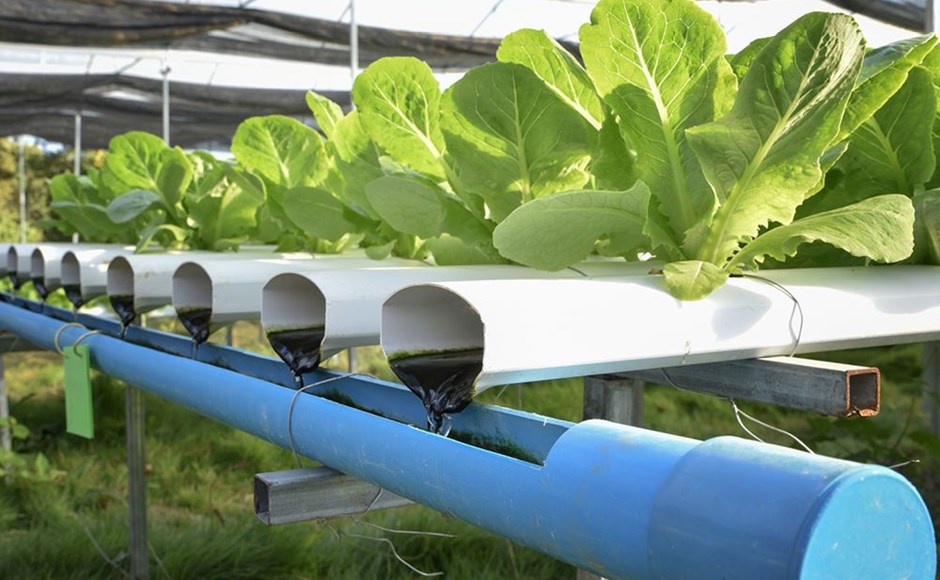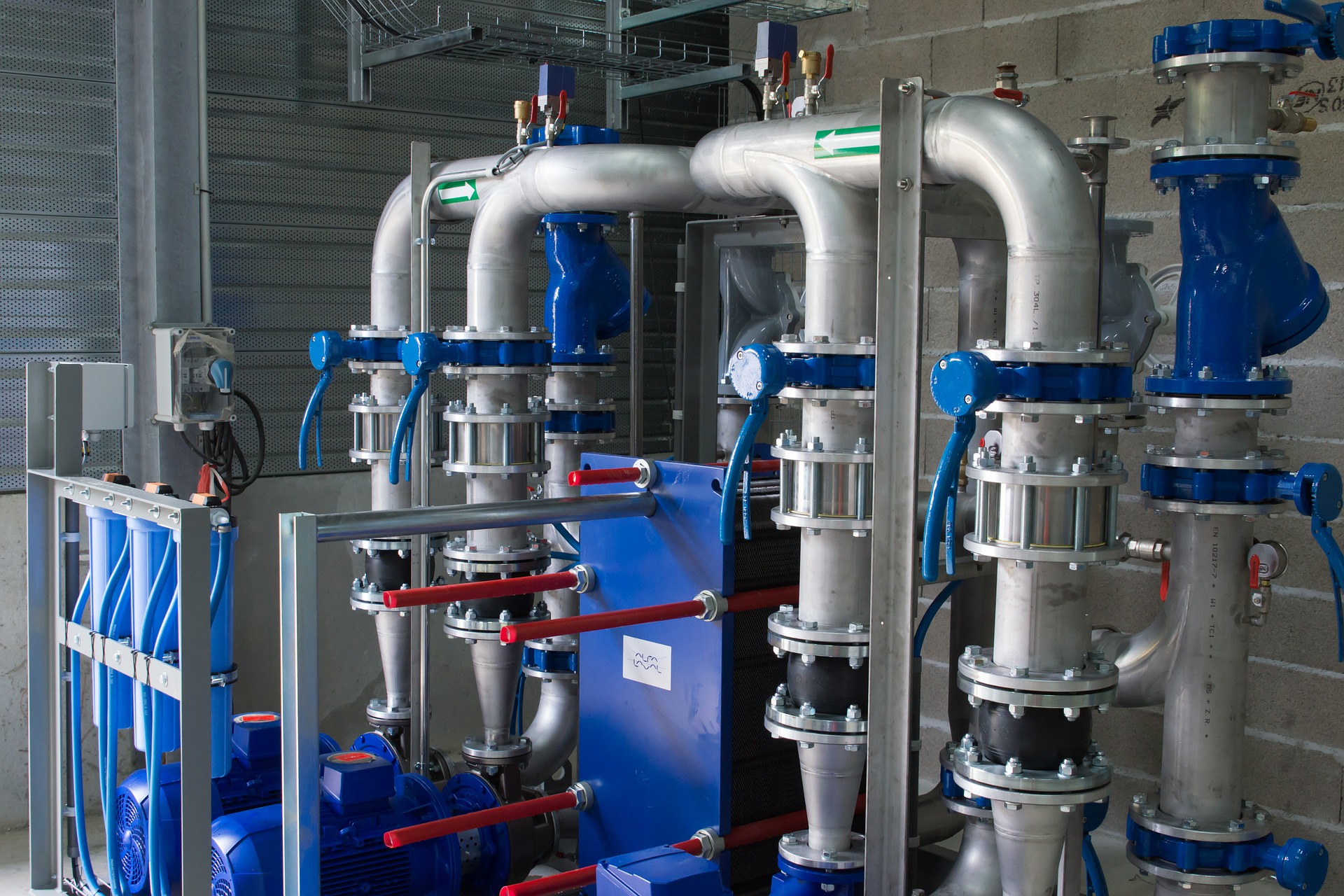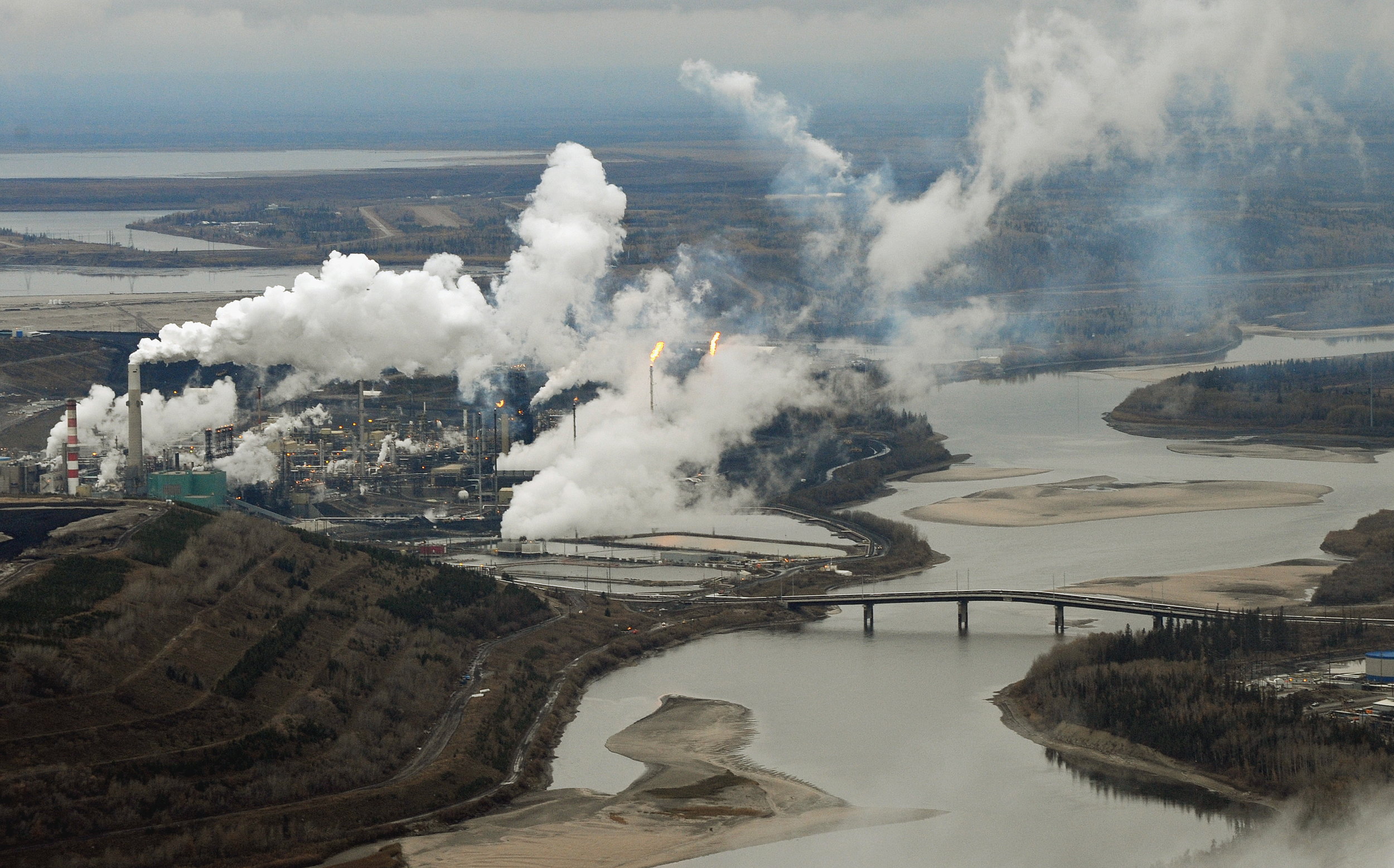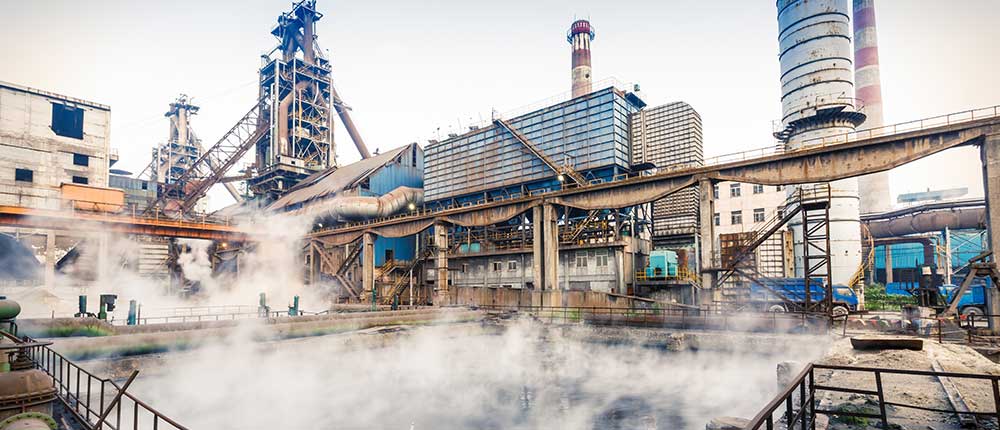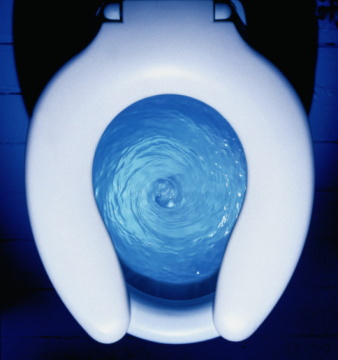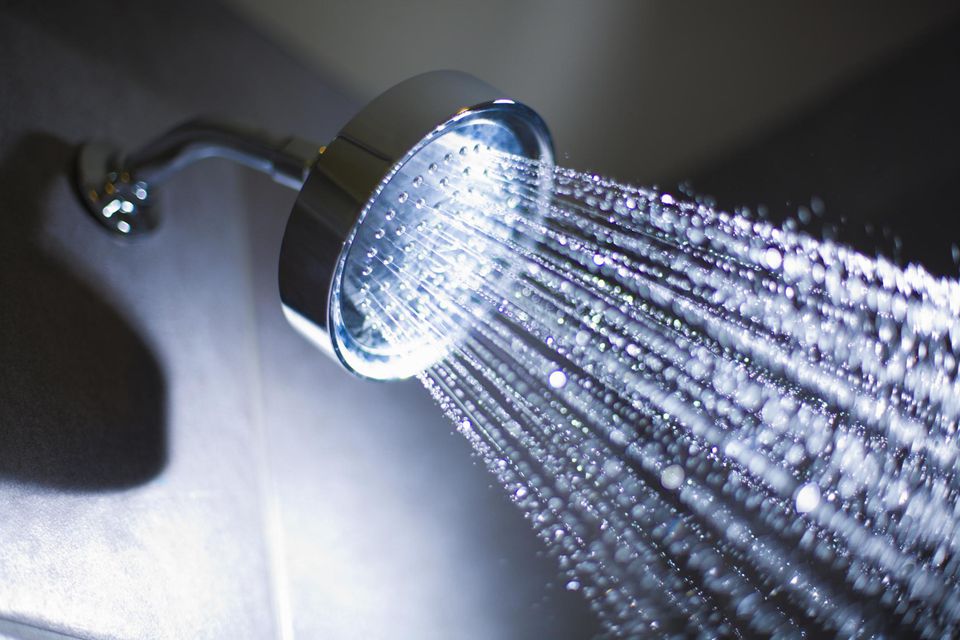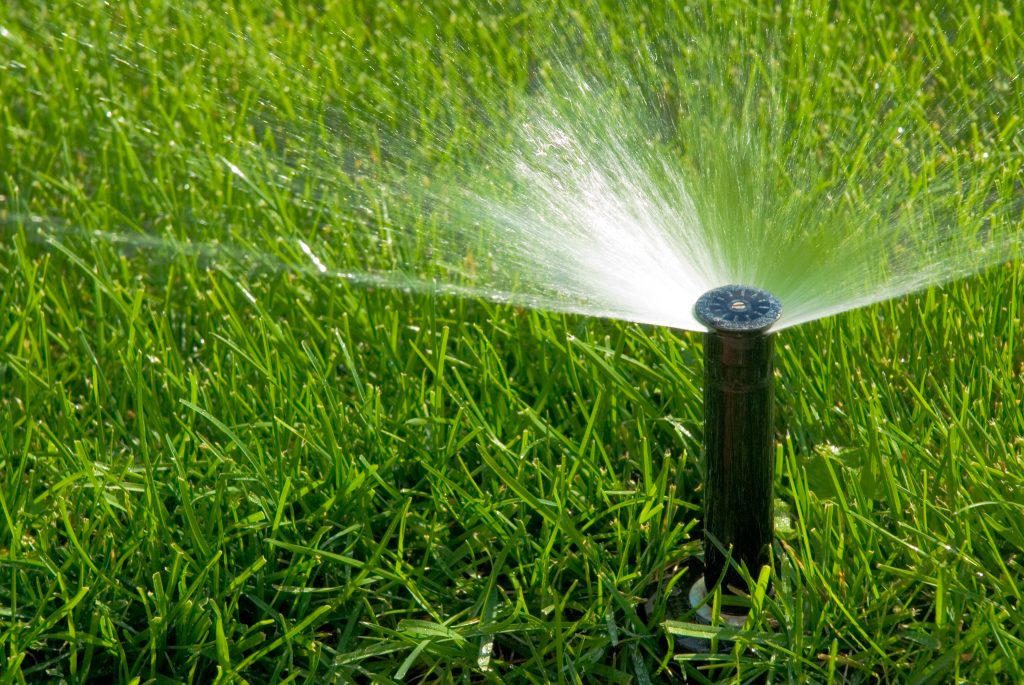The Diversity of Organisms in Salt and Freshwater Systems
Whether an environment is healthy or not is usually judged by the number and range of species that live in that environment.
DIVERSITY OF ORGANISMS IN A FRESHWATER LAKE - FRASER LAKE
Diversity in Fresh and Salt Water
Diversity:
The variety of different species in an ecosystem, may also be used to describe variety in a population or species.
Characteristics of lake zones
LAKE ZONES
LAKE DIVERSITY IS SHOWN IN DIFFERENT ZONES
Characteristics of ocean zones
OCEANIC ZONES
Salt water supports more diverse living things than fresh water because of a greater number of different environments.
2/3 of most organisms on Earth spend the majority of their life in salt water!
Estuary:
The end of a river whereby the fresh water of a river begins to mix with salt water of an ocean - this mix is called brackish water (in between salty and fresh water)
Aquatic Adaptations
Adaptation :
Physical characteristics or behaviour of a species that increases the species’ chance of survival in a particular environment.
All living things have specific adaptations to their environment.
All living things are continually adapting to their environments.
Common adaptations are for breathing, feeding, reproduction, and movement.
UNDER PRESSURE - DIVERS PUT FISH IN A DECOMPRESSION CHAMBER SO THAT THEY MAY BE BROUGHT TO THE SURFACE AND STUDIED
Adaptations of Organisms in Aquatic Environments
The main environmental factors that lead to adaptations:
Temperature
Light
Pressure
Salinity
Water movement
WRITE DOWN AN EXAMPLE OF AN ORGANISM THAT ADAPTED TO EACH ENVIRONMENTAL FACTOR
Ex. Temperature : bacteria that thrives in hot springs (extremophile)
Populations in Fresh and Salt Water
A POPULATION OF MINNOWS
Population :
A group of organisms of the same species that live in a particular area.
Ex. A group of minnows near a dock
Population numbers affected by birth rate (natality), death rate (mortality), immigration, & emigration
A LAKE COMMUNITY OF LIVING THINGS
Community:
Populations of different species living in the same area (biotic component of an ecosystem)
Ex. minnows, snails, algae, bacteria, and aquatic plants all living within the same area
Changes in Populations
A change in population could mean many things:
An increase or decrease in total population.
A change in the number of males versus females.
A change in the number of young versus old organisms.
There are 3 major types of changes:
1.Seasonal changes
Migration (ex. whales move from equator to north and south poles to find food)
Warmer temperatures increase insect population (during summer months fish have more food to eat)
2.Short-term Changes
A sudden change in population that does not happen yearly (ex. algae blooms), it does not last too long (1year)
May be cause by humans, or nature (algae blooms may be caused by runoff from farms, or occur naturally)
3.Long-term Changes
A change that does not happen yearly and has long lasting effects (ex. coral bleaching)
Can be caused by nature - volcano destroys nearby habitat
Caused by humans - global warming, over fishing, polluting waters
Water Quality and Aquatic organisms
Humans need very pure water
Most living things do not need as pure water as humans to survive.
Some organisms have specialized to survive particularly harsh aquatic environments. However, specializing decreases their ability to adapt when there are sudden changes to its environment.
For example:
Acidophile - organism lives in acidic environments
Alkaliphile - organism lives in basic environment (starbucks)
Halophile - organism lives in a salty environment
Thermophile - organism lives in a very hot environment
H. PYLORI BACTERIA IS AN ACIDOPHILE THAT CAN SURVIVE ACIDIC ENVIRONMENTS SUCH AS YOUR STOMACH
THERMOPHILE BACTERIA SURVIVE DEEP ON THE OCEAN FLOOR NEXT TO THERMAL VENTS
Bioindicator species:
Species scientists observe to indicate overall quality of water. Some species also indicate certain characteristics of water (ex. pH)
Look for the bioindicator species in an environment to judge the health of the ecosystem.
Examples of Water Quality Changes
Acid rain has been known to increase the acidity of a lake to a point that no living things can survive there anymore, and then becomes a “dead” lake.
An increase in water temperature can cause algae to increase population, if the population gets too large it could affect other organisms, for instance algae can bloom blocking sun from entering the littoral zone of a lake.
Human Activities Affect Aquatic Environments: How Humans Use Water
The combined waters of Earth are a ‘renewable’ resource.
The location of the water can change dramatically from year to year.
Water location can be changes because of nature and human activities.
How humans Use Water
Humans use water directly and indirectly.
Human uses of water can have benefits (+) and costs (-) to the environment.
All life uses water, but humans make the greatest and most diverse use of it.
Top three major types of water use
1) Agriculture – 73% of all water use is used for irrigation to grow crops.
Important for the economy, and food for people.
However, over-irrigation can cause many problems. (ex. Salts dissolved on surface)
Fertilizer runoff into nearby streams, lakes, oceans
2) Industry – 22 % of all water use is by industries as:
Different industries use different amounts of water.
Thermal-electric power plants are the largest users of water in the industrial sector
Tar-sand operations use a lot of water, which is not returned to the environment/water cycle
Manufacturing plants (paper/pulp, metal, chemical and plastics industry)
Mining operations require large amounts of water to assist in the mining process
Water used by industry can also carry pollutants:
Coolants, solvents, corrosives can affect water in the environment if the used water isn’t cleaned or diluted properly
Question: Do dams have + or – effects on water system resources?
3) Domestic – 5 % of the total water use is in our homes.
Used for the following:
sanitation
cleaning
cooking
recreational (gardening)
consumption
Household water sources:
Many developed countries (ex. Canada, Germany, Japan) have access to clean/safe piped in water.
Many developing countries (ex. Ghana, Pakistan, parts of China) need to walk to get their water supply.
Measuring Impacts on water quality
Water quality is be impacted by human processes:
ALGAL BLOOMS FLOAT DOWN A STREAM. ALGAL BLOOMS ARE CREATED BY FERTLIZER RUNOFF FROM FARMS
Air pollution affects global warming which in turn warms the oceans
Untreated sewage is dumped directly into nearby water systems
Fertilizer runoff from farms increases the growth of algae and creates algal blooms
Plastic wastes do not break down and negatively affects living organisms living in water
Industrial wastes such as acids, coal ash, metal scraps, and oils pollute water
Monitor:
Observe, check, or keep track of something for a specific purpose.
Environment Canada:
Department of the government of Canada which is responsible for the following:
Monitors environmental conditions including water quality
Upholds regulations imposed to prevent negative effects
Enforces laws passed to prevent problems from happening
Governments require regulation of industries, however it must also consider that regulations can impact the economy which provide jobs, products, and services.
Monitoring to Protect Water Quality
Town and city water supplies are regularly monitored to ensure it is safe.
Water technicians test the chemicals and organisms in the water.
Research scientists also use monitoring to help protect the environment.
Ongoing Monitoring
Ongoing monitoring of a site helps scientists observe change and determine what specific factors caused things to change.
Useful to develop regulation and technologies to protect the environment.
Problem Solving Needs more than Science and Technology
In most cases, environmental problems can not be solved by technology alone.
Problem solving requires a strong commitment from people, people need to take action, and change their habits
Problem solving is also economical, money is required to create new solutions to curb pollution, regulate waste, and manage sanitation systems.
The cleaning of the Thames river in London is an example where people demonstrated their commitment to public safety, and then stopped polluting it.
People Working Together
In order to solve environmental problems in the world people, science, and technology must work together.
Plastic Island Assignment
Watch the following video and answer the questions on the form below
If the embedded form is not working you can always try this link: Plastic Island Assignment
JUST FOR FUN - REVIEW QUESTIONS

